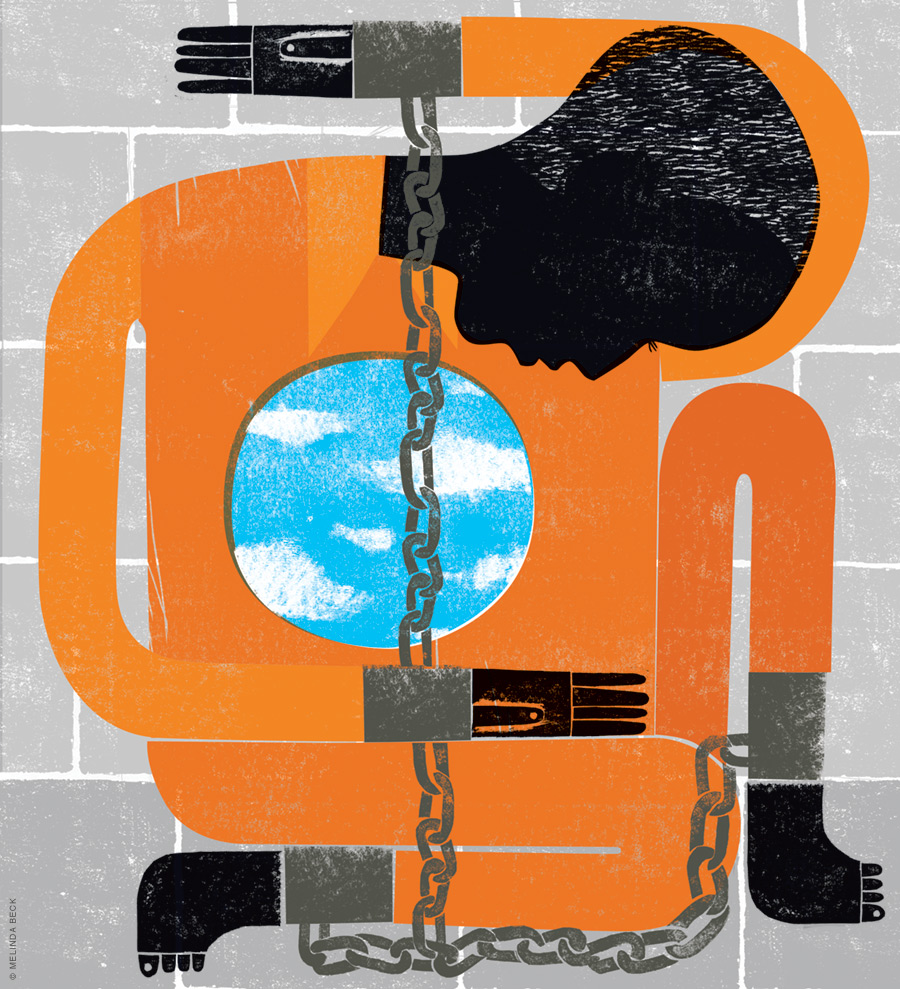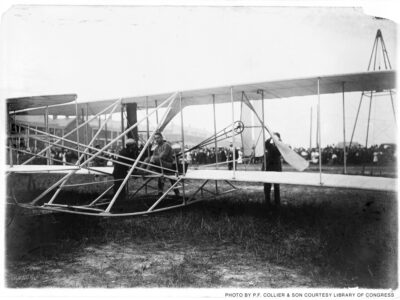
A family inquiry.
By Peter Feller
In 2011, I had occasion to read an old FBI espionage file that disclosed, much to my amazement, that my father had gone on a hunger strike in 1943 in one of Stalin’s infamous gulags. His name was William Schwarzfeller, and he was protesting the inhumane conditions in Vorkuta, a desolate forced labor camp 100 miles north of the Arctic Circle. Ultimately, he starved to death.
I never knew my father nor anything about him until I was well past middle age and had the means to research his case. He was arrested in Moscow when I was six months old, and became a victim of Stalin’s sweeping purges. How, I began to wonder, does a person embark on so desperate a course as a hunger strike, incurring the risk of a slow, painful death for a cause greater than oneself? Certainly it is a means of protest when others are not available. It lends moral authority and, therefore, a kind of power to the cause for which one is ostensibly willing to die. But few if any actually expect to die. Rather, the hope is that the authorities will show some responsive progress, or even concede the cause. Failing that, protesters generally end their hunger strikes, having made their point by approaching the brink of death.
Yet some of them do die.
Historically, hunger strikes have contributed significantly to accomplishing important social, political, and humanistic goals. They formed a significant part of women’s suffrage in England and the United States, national independence and sovereignty in India, agricultural workers’ rights in California, and prison reform in multiple countries. But immediate success is rare; the struggles have generally been prolonged.
Suffragist Alice Paul G1907 Gr1912 was one such hunger striker [“The Serene Strategist,” May|June 2017]. While studying in England, she became involved in the drive for the women’s vote there. Paul was arrested several times for her participation in various demonstrations, and she often went on hunger strikes before she was released from jail. On one occasion she was force-fed by prison doctors, a cruel and painful process by which a long tube is forced into the stomach through the nasal passage. Paul was subjected to this inhumane treatment 55 times. When she returned to the United States, she took up the cause of the American suffragists. More arrests and hunger strikes followed. Eventually the 19th Amendment to the US Constitution was adopted—barely.
The fast or hunger strike as a protest method in service of a just cause is, perhaps, most famously associated with Mohandas Gandhi in the 1930s. His anti-colonial fervor produced a number of such strikes over many years, galvanizing the Indian population and the movement for independence from the British Empire. He reached his objective following the end of the Second World War, a herculean achievement.
In the 1960s, farm workers in California found their champion in Cesar Chavez. He organized marches and demonstrations seeking improvements in the hazardous conditions and economic exploitation of the agricultural workers. To dramatize their plight, he embarked on several hunger strikes, one of which lasted for 36 days, attracting nationwide support. Ultimately, his efforts in gaining farm-owner concessions and remedial legislation were largely successful.
One example of a fatal hunger strike occurred in the 1980s during “The Troubles” in Northern Ireland. British authorities arrested and imprisoned a group from the Irish Republican Army. Their leader, Bobby Sands, and nine of his confederates went on a hunger strike for the particular purpose of protesting their treatment as common criminals, rather than as political prisoners. They had previously been treated as noble opponents, which allowed them to wear street clothes instead of prison uniforms, among other privileges. Of course, their main objective was to call attention to their movement to incorporate Northern Ireland into Ireland proper. All 10 starved to death, becoming martyrs to their cause and boosting recruitment. Bobby Sands was elected to the British Parliament while imprisoned, but he never took office; his death intervened. He was 26 years old.
In my father’s case I was able to obtain his medical records from the Vorkuta archives. They listed “pellagra” as the cause of death, a commonly used explanation in the gulags for nutrient deficiency. The records did not reveal that he deliberately refused to eat. Citing a hunger strike as the cause would have been politically unthinkable. Information about my father’s hunger strike came from a secret letter from one of his barrack mates, a Latvian Jew who later escaped the Vorkuta gulag before coming to the attention of the FBI. I consulted a forensic pathology textbook to learn that the process of using up one’s internal protein reserves in the absence of food lasts about 60 days in an otherwise healthy individual. Then death occurs. My father’s hunger strike would have been significantly shorter, since his health was already compromised.
William Schwarzfeller was born in Germany in 1905. He grew to manhood there between the First and Second World Wars. The German population suffered great privations relating in part to the vengeful Treaty of Versailles. At age 20, after he became influenced by communist ideology, he emigrated to the United States and soon joined the American Communist Party. At some point, Soviet Military Intelligence recruited him, and he became a spy. He conducted most of his espionage activities in Manchuria, trying to determine Japan’s militaristic intentions toward the Soviet Union circa 1931. I have spent the last 20 years researching his life, traveling to Russia and Germany to find whatever clues remain, and writing a book in his honor, The Last Gasp of William Schwarzfeller.
My father became part of a long and noble history that shows no signs of abating. At any given time, there are dozens of hunger strikes undertaken across the globe, but few are widely known—from Palestinian prisoners in Israeli jails, to inmates at Guantanamo Bay, to anti-nuclear activists in France. Bringing the Russian theme full circle, in the 2020s three members of the Russian punk rock group Pussy Riot have repeatedly used this classic method of protest.
For most of us, I think, it is hard to comprehend the kind of courage and commitment required for someone to incur the risk of starvation to put pressure on authorities to alter their policies or practices. That degree of self-sacrifice ennobles the protester and elicits our admiration. Now that I had this new information about my father’s death, after which he was buried in an unmarked, mass grave on the frozen tundra, I could finally see him as heroic. That’s something every son wants in his father.
Peter Feller C’60 lives in Bethesda, Maryland.




